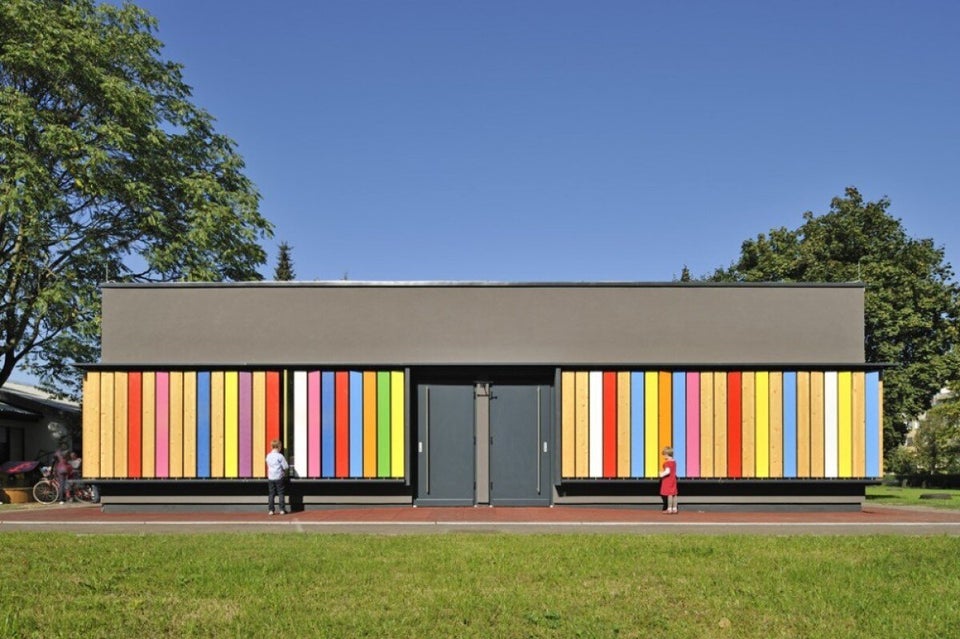
Upon the arrival of the British and the French in the late 15th century along the shores of the Canadian Atlantic as new immigrants, the concept of the educational institutions came into light. During the French ruling of Canada, the establishment of schools was given to religious bodies.
The first schools in New France were operated by the Catholics. In the early 19th century, the colonial governments moved to set up publicly funded education systems. Protestants and Catholics were deeply divided over how religious and moral education should be taught.
In Upper Canada, the Catholic minority rejected the Protestant practice of biblical study in schools. In Lower Canada, on the other hand, the Protestant minority objected to the education system instilling Roman Catholic dogma.
Thus, in both these areas, two school systems were established: one Catholic and one Protestant. When Confederation took place, these school systems were enshrined in the British North America Act, 1867. British Columbia established a non-sectarian school system in 1872.
Based on the aforementioned piece of Canadian history, it becomes clear that religious schools per se are mainly run by religious bodies, their curricula circulate, and focus on theological studies. Although some contemporary courses may be given in such educational institutions, teaching is motivated and revolves around religious concepts and doctrines.
On the other side of the token comes what could be called community schools. This type of school arose upon the influx of waves of immigrants that considered Canada their country after the establishment of the Confederation in 1867. The nation started to witness the constitution of community schools across the country.
Community schools are used as hubs to bring educators, families and community partners together to offer a range of supports and services to children besides the main objective of learning. Normally, every community school responds to unique local needs.
In the minds of the founders and administrators of the community schools, such educational bodies have a climate, a culture and minimal universal religious teachings that enable students to develop cognitive, social, emotional, civic and ethical competences, and help them develop the capacity to thrive and continue their learning cycle and life journey within the society at large.
Both the community and the public schools that are funded by the provincial governments in Canada follow defined curricula set by the local ministries of education, work under similar general guidelines and rules, and share the same learning guiding principles at all teaching cycle levels.
A legitimate question may be raised: Why is there confusion between what a religious school is and what a community school is, since their definitions are clearly understood?
It should be noted that perceptions and understanding of words may diversify depending on the linguistic and cultural background of the speakers on one side and of the listeners on the other side. Such a difference in comprehension may generate some confusion and misunderstanding of terms and expressions used by various ethnic and cultural communities that constitute one society in nations such as in Canada.
The word "religion" in the context of the Western contemporary societies that originated in Europe is more of a theological doctrine, while in some societies originating in other part of the world, it reflects cultural identity, rituals, conviction and social habits.
Another clear example of such misconceptions can be demonstrated by the confusion about the nature of Muslims or Islamic schools across Canada. There is general belief that these institutions are religious educational bodies, and the kind of courses taught is based on Islamic theology.
This is a false understanding. It is important to note that the majority of these schools are either don't or only partially receive subventions from provincial authorities.
The fact is that the provincial governments grant permits to run the ordinary operations of these schools similar to any other public and private ones. Furthermore, Muslim schools follow official curricula.
For example, in Quebec the class' programs contain 35 to 37 periods, including two to three sessions per week that may be considered of Islamic nature, such as reading the Quran, which is used to teach how to read Arabic and universal Islamic values and ethics.
On such a ratio, certainly schools can't be considered religious organizations. Muslim community schools are run by civic volunteers and not religious personnel.
Muslim Canadians share other communities to establish the social fabric of the nation to the bounty of multiculturalism adopted in the 70s of the last century.
"Multiculturalism ensures that all citizens can keep their identities, can take pride in their ancestry and have a sense of belonging" is a golden statement that supports the notion of community pride, equality of all citizens and love for Canada.
Public/private and community schools, whether ones for the Muslim community or ones for others in our society, both share most of what the conventional education is all about.
Follow HuffPost Canada Blogs on Facebook
MORE ON HUFFPOST:
